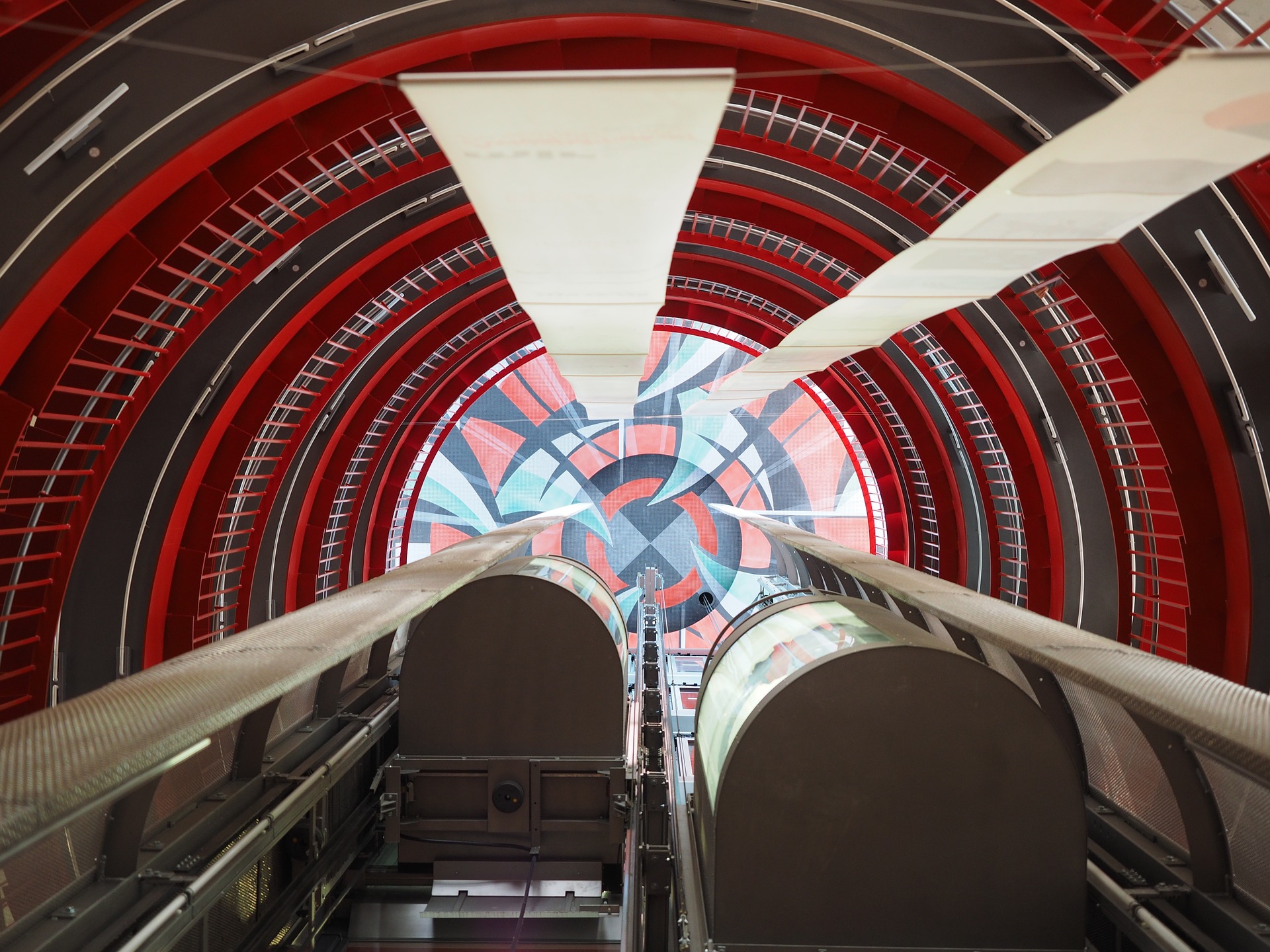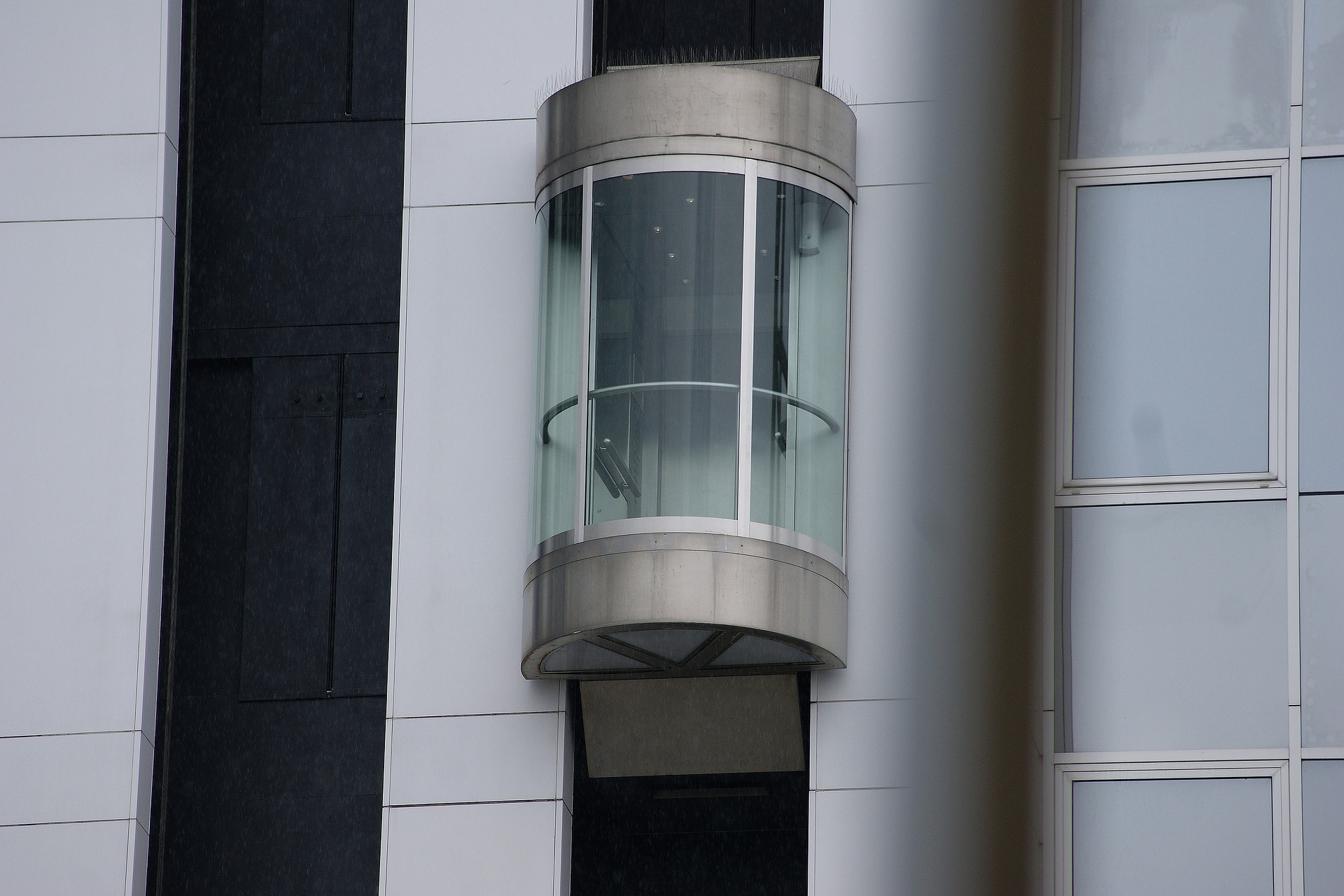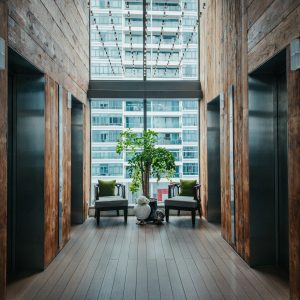Smoke and fire prevention has developed significantly over time. Elevator smoke curtains are a well-known example of a building design element that used to bring greater problems and issues in terms of space, security, and safety.
You may choose the best kind of protection for your building by thoroughly knowing the choices for avoiding smoke migration through elevator shafts.
Let’s go over some crucial information about lift part suppliers smoke protection and find out more about the specifications for elevator smoke curtains that need to be considered when designing your facility.
1. Knowledge of the Stack Effect
It’s crucial to comprehend and plan for the stack effect when designing a structure with numerous levels, especially high-rise structures. The stack effect in this situation is the flow of a significant volume of air through the elevator shaft as a result of a temperature difference between the air inside the shaft and the air outside.
In an emergency, the stack effect, which produces a chimney effect and speeds up smoke’s passage through an elevator shaft to numerous floors, can be exceedingly harmful. This is one of the main reasons separate elevator lobbies were once constructed, but today, smoke curtains can offer the same amount of stack effect protection without taking up more room.
 2. Smoke Curtains Replace Older, Expensive Smoke Control Techniques
2. Smoke Curtains Replace Older, Expensive Smoke Control Techniques
Some older smoke control systems are no longer necessary due to the addition of numerous new fire and smoke prevention techniques to building rules and regulations in recent years. The following smoke containment techniques can be done away with by employing elevator smoke curtains:
Lobbies for enclosed elevators
In order to lessen the spread of fire and smoke throughout levels, elevators were frequently constructed independently from the structure before the invention of elevator smoke curtains.
Enclosed elevator lobbies were once one of the most common ways to prevent elevator smoke and fires since they reduced smoke migration and provided a staging space for the fire department and other emergency workers. However, this was frequently expensive to build and challenging to account for in terms of space needs and traffic flow.
The elevator shaft can now be protected without a lobby by putting smoke and fire curtains at the elevator jamb, conserving valuable architectural space. The code equivalent of an enclosed elevator lobby can be simply created using drapes like Smoke Guard’s elevator smoke containment solutions.
To see how architects were able to adhere to building regulations without compromising crucial space, read about the usage of Smoke Guard drapes in Ocean Towers, a deluxe residential high-rise in Santa Monica, California, by clicking here.
Pressurization of an elevator
Elevator pressurization uses a fan system to fill the elevator shaft with air and produce a difference in air pressure that will assist prevent smoke from flowing through elevator doors and into the shaft. This method is occasionally utilized as an alternative to having an enclosed elevator lobby. However, the design and maintenance costs for this system can be too high.
3. Custom-sized Elevator Smoke Curtains
Design and safety don’t necessarily have to be mutually exclusive. It is possible to maintain code compliance without altering the appearance of a structure. Modern structures benefit greatly from the full customization offered by curtains like the M600 from Smoke Guard.
The most crucial thing to keep in mind is to choose the proper width and height for your apertures. Elevator curtains must completely enclose the door and frame to work effectively.
4. Smoke curtains in elevators can be completely hidden
It is possible to create a deployable smoke curtain system that is almost undetectable. Until it is turned on by an alarm, a detector signal, or a manual switch, this kind of elevator smoke curtain is concealed in a secret housing and remains retracted. The curtains will move into their operational position after being actuated.
Since these smoke curtains can be utilized to shield specific regions without the requirement for load-bearing walls, pillars, or other structural components, they give designers and architects more flexibility. They won’t impair the design of a building because they can be readily hidden in the ceilings.
Learn how Kaiser Permanente Oakland Medical Center used the M400 deployable elevator smoke curtain to provide staff and patients with an additional layer of protection by clicking here.
 5. Have Knowledge of Code Compliance
5. Have Knowledge of Code Compliance
Emergency response teams will be able to move around the building more swiftly and easily with the aid of code-compliant elevator systems that have fire-rated elevator doors. It’s critical to understand all local and national code standards. Always make sure that your designs follow the National Fire Protection Association’s elevator code as well as the International Building Code.
Get Your Building the Proper Elevator Smoke Protection
Elevator smoke curtains are the best technique to keep smoke out of elevator shafts and lessen the chance that it will reach higher floors. The closest smoke detector often triggers the deployment of elevator smoke curtains, which fall down over the front of the elevator doors and frame them with a magnetic system to maintain a tight seal.
The M200 and M400 smoke curtains from Smoke Guard offer complete, code-compliant protection against smoke and draft openings. To swiftly bring a structure up to code, these units are simple to install in elevator openings and easily interface with existing fire protection systems.





